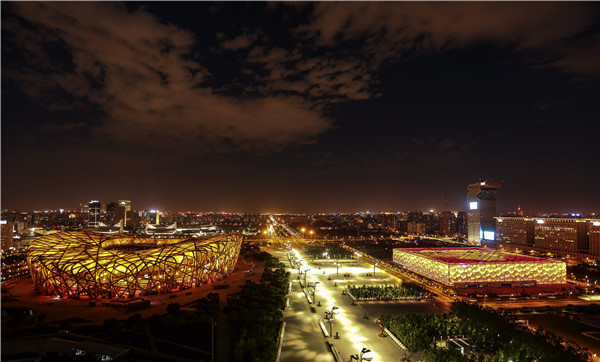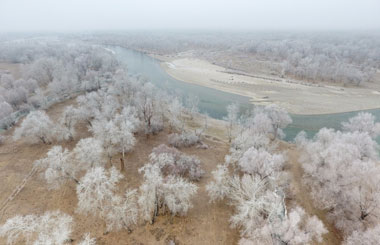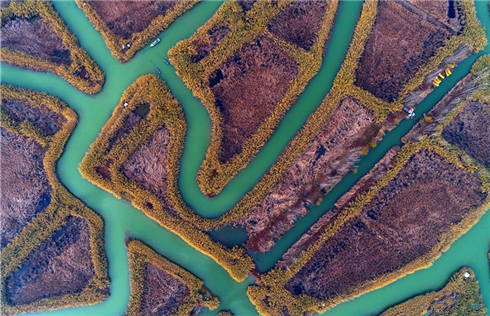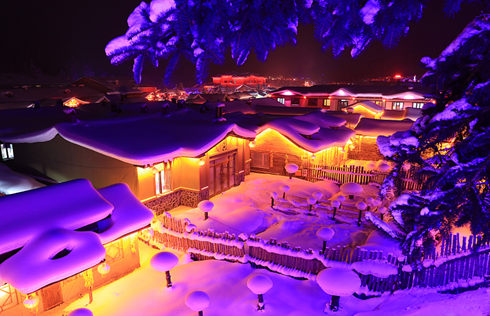Beijing's growing backbone
 |
|
A night shot of the Beijing National Stadium, or the Bird's Nest, and Beijing National Aquatics Center, or Water Cube. [Photo/Xinhua] |
"Together with the Bird's Nest, the Water Cube and the China National Convention Center, the northern extension is expected to be a national hub for culture, sports, technology and finance," Zhao explains.
Olympic Park has hosted a total of 410 million people, including tourists and visitors from 2008 to 2016, according to Zhao.
On a clear day, from the top of Yangshan, the main peak of the Olympic Green, it is possible to see Jingshan, the highest point of the original zhongzhouxian, 8 km to the south.
"It is like the backbone of Beijing's urban spatial structure," says Beijing historian Li Jianping.
Li says it reflects Chinese culture, in which the center is viewed as the focus. The zhongzhouxian separates the central districts of Dongcheng and Xicheng.
Along it are the historical buildings of Qianmen, the gate that once guarded the southern entry into the inner city, the Forbidden City, Jingshan Park, and the Drum and Bell Towers.
The Chairman Mao Zedong Memorial Hall, the Monument to the People's Heroes and Tian'anmen Square are lined up along the axis. "This reflects the Chinese idea of 'center worship'," says Li.














